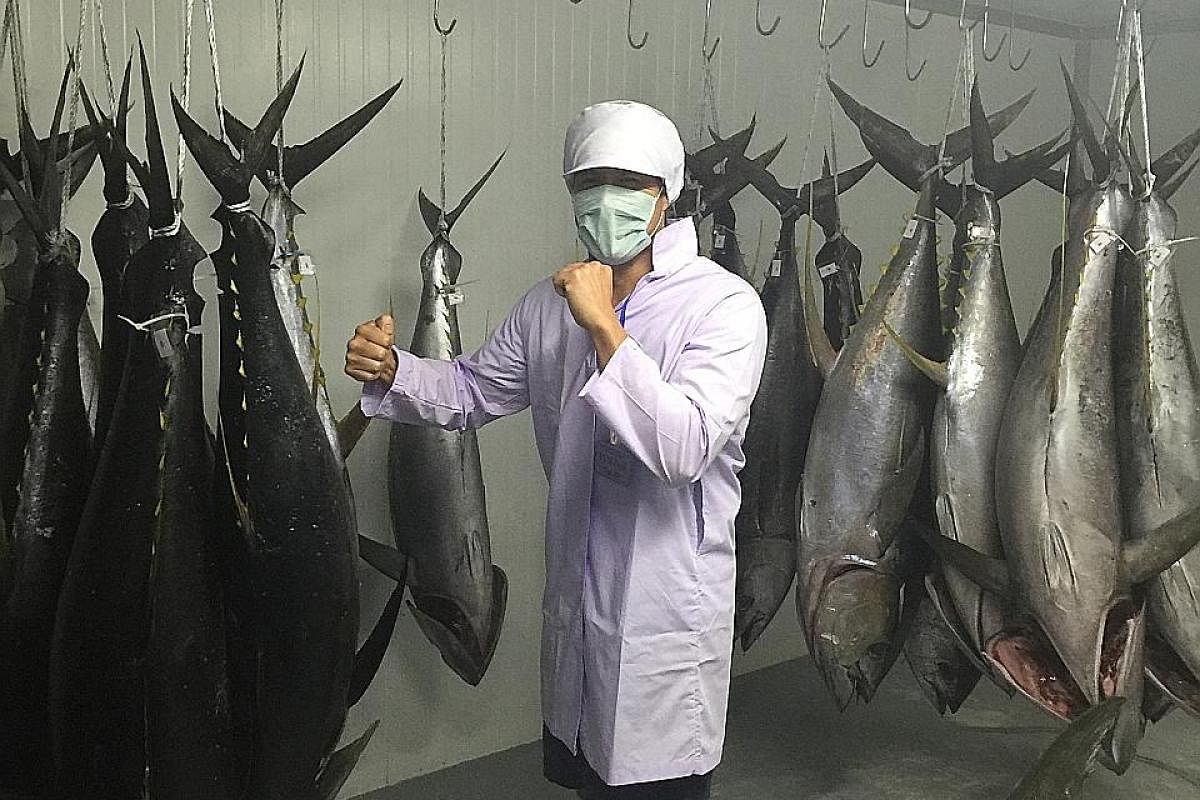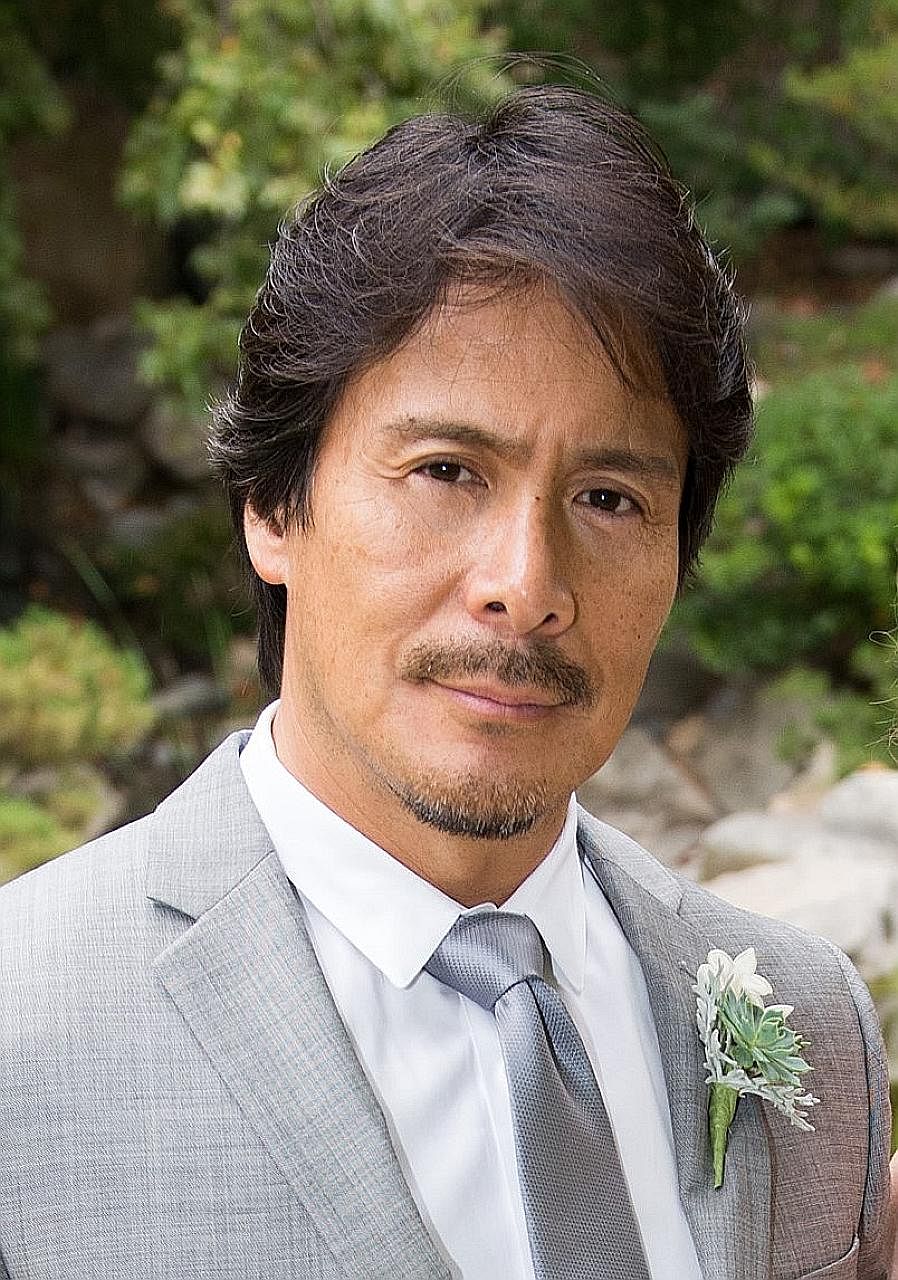Making waves as a fish master
The only person outside of Japan to be certified, Nick Sakagami shares what he knows about the seafood industry

NEW YORK • The accolade required hours of classes every week for four months. In 2009, Mr Nick Sakagami of Los Angeles became the only person outside of Japan to be certified as an osakana meister, or fish master. He can identify every fish species and hundreds of subspecies by taste, feel, sight and smell. And he has an expertise in tuna.
Mr Sakagami, 50, who was born in Tokyo, owns seafood importing and consulting businesses and believes he has a responsibility to share what he knows with consumers and the seafood industry. He talks to wholesalers about sustainable fishing and good import practices. He persuaded high-end restaurants such as Per Se and Del Posto to import a new variety of tuna, kindai bluefin, grown by scientists in Osaka, Japan, using only the healthiest practices.
He said: "People need to tell the story of fish. If I don't do it, who is going to do it?" Why dedicate your life to seafood? I started working for a seafood wholesaler part time and I found myself enjoying dealing with the fish. My entire body smelled like fish and I had to wake up at 1am to get to work. Sometimes, I went to work without any sleep at all. But when I started handling the fish, I wasn't tired, I became so excited.
Where are the best places for tuna lovers to travel? For one of the best places for tuna, go to Japan.
But my favourite place to visit for tuna is Tahiti. They have this dish in which they take raw tuna and marinate it in coconut milk with diced tomato. It is so visually stunning and the flavour is wonderful. It might be different from the taste we are used to, but once you get over that, you will be part of a local tradition going back generations.
I also went scuba diving in Tahiti and saw tuna in their natural environment.
What other dishes have you tried? The Mediterranean has crudo, which is tuna sashimi in olive oil.

And in the Marshall Islands, in the capital of Majuro, the hotel I stayed at had an omelette in which they had tuna cubes instead of meat. That was amazing.
What about other fish? The very best fish comes from places such as Norway, Japan and Canada, where warm currents meet cold ones. The movement stirs up the waters, creating a variety of plankton, which is eaten by a greater variety of fish, so there are many types to try.
How can travellers navigate sustainability and other issues? People say do not eat bluefin tuna because it is going to be extinct, but it depends on which region you are in.
Atlantic bluefin tuna stock is in much better shape than Pacific bluefin. I would avoid the latter, especially in places such as Mexico, because there are too many loopholes in their fishing policy.
Bluefin tuna is really good in cold countries such as Iceland, Norway and Scotland. The cold water means fish have to eat fat to survive, that is a natural way to get lots of flavour.
Eat the same way the locals eat. If you are on a remote island and people are eating tuna, it means that it is probably caught from the nearby ocean - it should be good and it has a low carbon footprint.
What about in less remote spots? There are quick ways to know if a restaurant is good. Ask the server where its fish comes from. If he or she does not know, that is a bad sign.
NYTIMES
Join ST's Telegram channel and get the latest breaking news delivered to you.
A version of this article appeared in the print edition of The Sunday Times on July 30, 2017, with the headline Making waves as a fish master. Subscribe
